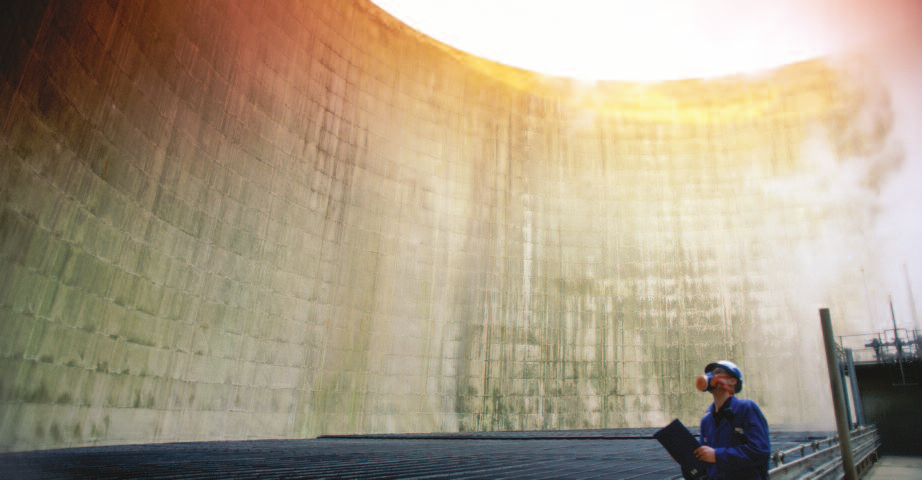In full-scale tests at four power plants, says lead investigator Carlos Romero, the Lehigh system cut flue-gas emissions of mercury by up to 70 percent or more with minimal or modest impact on plant performance and fuel cost.
Romero estimates that the new ERC technology could save a 250-megawatt power unit as much as $2 million a year in mercury-control costs.
The reductions were achieved, says Romero, by modifying the physical conditions of power-plant boilers, including flue gas temperature, the size of the coal particles that are burned, the size and unburned carbon level of the fly ash, and the fly ash residence time.
The ERC researchers reported their findings in 2005 in Fuel. Their work was featured in May 2006 in Environmental Health Perspectives, the peer-reviewed journal of the U.S. National Institute of Environmental Health Sciences.
The changes in boiler operating conditions, says Romero, prevent mercury from being emitted at the stack and promote its oxidation in the flue gas and adsorption into the fly ash instead. Oxidized mercury is easily captured by scrubbers, filters and other boiler pollution-control equipment.
The ERC team used computer software to model boiler operating conditions and alterations and collaborated with Western Kentucky University on field tests at units burning both bituminous and sub-bituminous coals.
Only about one-third of mercury is captured by coal-burning power plant boilers that are not equipped with special mercury-control devices, Romero says.
Making changes to the physical conditions of power-plant boilers, says Romero, can cut mercury emissions by 70 percent and save a 250- megawatt unit up to $2 million a year in pollution-control costs.
Romero says cost savings could be achieved by applying the ERC method solely or in combination with a technology called activated carbon injection.
The ERC group was funded by a group of utility companies, the Pennsylvania Infrastructure Technology Alliance and the U.S. Department of Energy.

